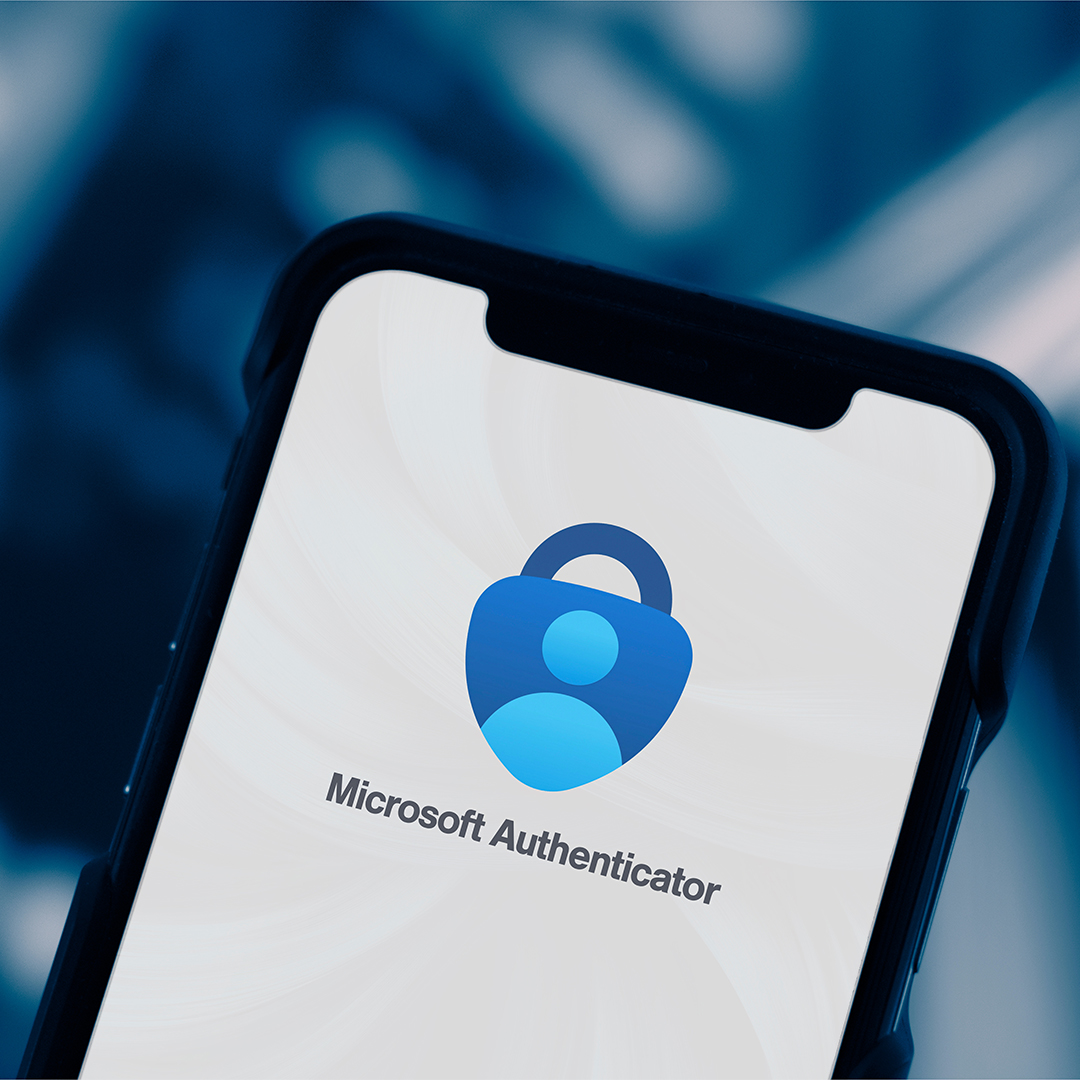
Why IT Companies Are Missing Out on CMMC Revenue
The demand for CMMC (Cybersecurity Maturity Model Certification) compliance is growing rapidly as defense contractors and suppliers scramble to meet the Department of Defense (DoD) requirements. Yet, many IT service providers—especially MSPs (Managed Service Providers) and MSSPs (Managed Security Service Providers)—are missing out on a major revenue stream because they haven’t developed the capability to offer CMMC compliance services.
The Growing Market for CMMC Compliance
CMMC compliance is now a must-have for companies working with the DoD. Thousands of businesses in the defense supply chain must meet CMMC requirements, and they need IT providers who can help them navigate the complex process.
The issue? Many IT companies don’t have the knowledge, resources, or personnel to deliver these compliance services. Instead of capturing this lucrative market, they are referring clients elsewhere—or worse, losing business to competitors who have adapted.
We’re CMMC Certified Professionals!

Why IT Companies Are Missing Out
1. Lack of In-House CMMC Expertise
CMMC compliance isn’t just about cybersecurity—it’s about understanding a structured compliance framework. Many IT service providers are well-versed in cybersecurity best practices but lack knowledge of CMMC’s specific controls, documentation requirements, and assessment processes.
Companies in the DoD supply chain need both IT services and CMMC compliance. If your IT company doesn’t provide CMMC services, your competitors will—and once a client finds an all-in-one provider, they may move all of their business there, including standard IT support.
- IT firms that fail to offer CMMC compliance alongside cybersecurity services risk losing long-term clients.
- Competitors who bundle compliance with IT services are securing multi-year contracts while others are left behind.
3. Assuming CMMC is Too Complicated to Offer
Many IT companies assume that offering CMMC services is too complex or that they must become a C3PAO (Certified Third-Party Assessor Organization) to enter the market. This misconception leads to IT providers avoiding the opportunity altogether.
- The reality? You don’t need to become a C3PAO to generate revenue from CMMC.
- IT companies can partner with a specialized CMMC compliance provider like ICS Data (i.e. Cyber Harbor) to offer CMMC services without the need to build an in-house compliance team.
How IT Companies Can Capture CMMC Revenue
If your IT company isn’t offering CMMC solutions, you’re leaving money on the table. The good news? You don’t need to develop a CMMC practice from scratch.
1. Partner with a CMMC Compliance Provider
Instead of turning away CMMC opportunities, team up with a dedicated compliance provider. A partner like Cyber Harbor can handle CMMC assessments, documentation, and certification prep under your brand, allowing you to offer CMMC services without the overhead.
2. Offer CMMC Compliance as a Service (CaaS)
By bundling CMMC compliance with your IT services, you can offer a recurring revenue model where clients pay for continuous monitoring, policy updates, and compliance management.
3. Target the Right Clients
IT companies should proactively market CMMC services to:
- Existing clients in the DoD supply chain who must meet CMMC requirements.
- New prospects in manufacturing, aerospace, and government contracting who need compliance solutions.
Don’t Let CMMC Revenue Slip Away
CMMC compliance is a high-growth market, and IT providers that adapt will win bigger contracts, strengthen client relationships, and grow revenue.
If you don’t have the internal expertise to offer CMMC, ICS Data (i.e. Cyber Harbor) can help. Partner with us and start monetizing CMMC compliance today—without the complexity.
Contact us to learn how to add CMMC compliance to your service offerings today!




